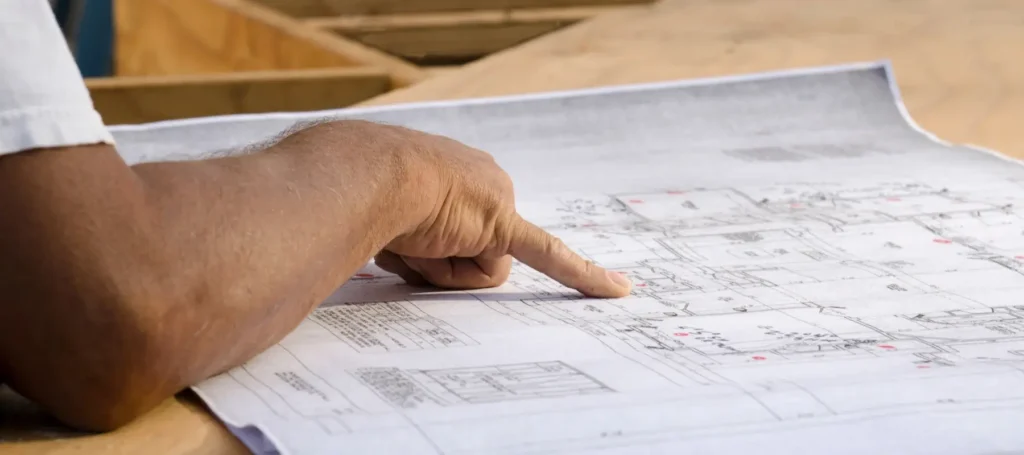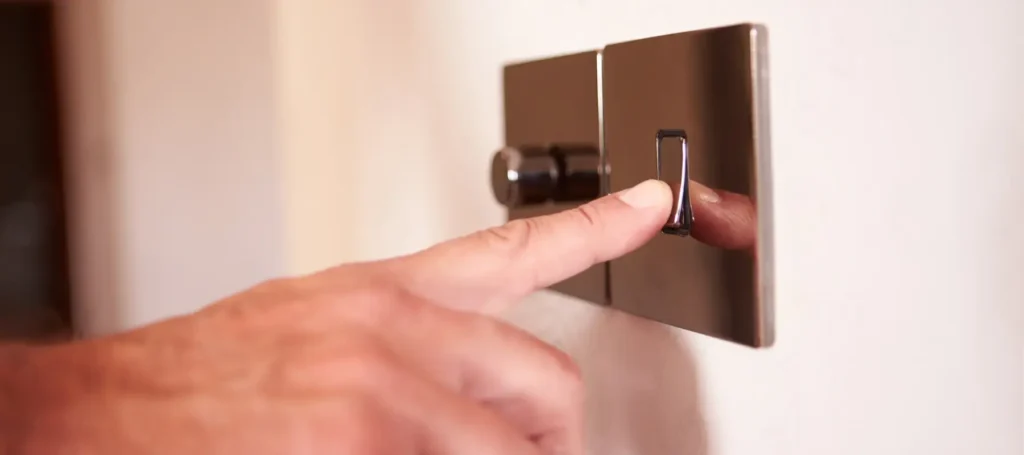As a homeowner, I’m always looking for ways to make my life easier and more convenient. That’s why I’m excited to talk about smart home wiring. Smart home wiring is the backbone of any modern smart home system. It’s the infrastructure that allows your smart devices to communicate and work together seamlessly.
If you’re looking to upgrade your home with smart technology, smart home wiring is a great place to start. It’s a way to untangle the wires you need and better support wireless-only devices. In this article, we’ll explore everything you need to know about smart home wiring, including the benefits, the different types of wiring, and how to get started. So, let’s dive in and see how smart home wiring can transform your home!
Future Trends in Smart Home Wiring
As a smart home enthusiast, I am always on the lookout for the latest trends in smart home wiring. With the rapid advancement of technology, it’s exciting to see what the future holds for smart home wiring.
One of the most significant trends in smart home wiring is the use of Power over Ethernet (PoE) technology. PoE allows for both electrical and network signals to be transmitted over Ethernet cables, reducing the need for separate electrical wiring. This technology is expected to become more prevalent in the future, making smart home wiring more efficient and cost-effective.
Another trend that is gaining popularity is the use of structured wiring systems. These systems organize different types of wires and cables for home automation, internet, PC, and audio-visual systems into panels, providing reliable coverage. Structured wiring systems make it easier to add new devices to your smart home without the need for extensive rewiring.
Wireless smart home devices are also becoming more popular, reducing the need for extensive wiring. However, wired smart home devices are still preferred by some due to their reliability and security.
The future of smart home wiring is also expected to see an increase in the use of artificial intelligence (AI) and machine learning. These technologies will allow smart homes to learn from their occupants and adjust to their preferences automatically.
In conclusion, the future of smart home wiring is exciting, with many trends emerging that will make smart homes more efficient, cost-effective, and convenient. As a smart home enthusiast, I can’t wait to see what the future holds for smart home wiring.
Importance of Smart Home Wiring
Smart home wiring is the backbone of any smart home system. It is the foundation that allows you to control and automate all your devices with a few taps on your mobile phone. In today’s fast-paced world, where time is of the essence, having a smart home wiring system is not just a luxury, but a necessity.
One of the biggest advantages of smart home wiring is convenience. With a smart home wiring system, you can program your system to turn off the lights at bedtime, adjust the thermostat, and even lock the doors, all with just a few taps on your smartphone. This not only saves you time but also makes your life a lot easier.
Another advantage of smart home wiring is increased home value. Think of smart home wiring as a long-term investment. By having a smart home wiring system installed in your home, you are making your home more attractive to potential buyers. This is because a smart home wiring system not only makes your home more convenient but also more energy-efficient.
Smart home wiring also provides a more secure home environment. With a smart home wiring system, you can monitor your home from anywhere in the world. This means you can keep an eye on your home when you’re away on vacation or at work. You can even receive alerts if someone enters your home without your permission.
So, if you’re thinking of upgrading your home, consider installing a smart home wiring system.
Smart Home Wiring for New Construction

If you’re planning to build a new home, it’s essential to consider smart home wiring during the planning stage. Smart home wiring is a series of panels that organize different types of wires and cables to provide reliable coverage for your dedicated home automation wiring and wires for your internet, PC, and audio, visual, and gaming systems. It’s something to consider as you set up your smart home. Here’s a guide to getting your home properly wired for a smart home.
Planning Stage
During the planning stage, it’s essential to consider the layout of your home and the types of smart home devices you plan to install. You’ll need to install Cat6 Ethernet cable throughout your home to ensure that all devices are connected to the internet and can communicate with each other. You should also consider installing fiber optic cables for faster internet speeds and better connectivity.
It’s also important to consider the location of your smart home hub. The hub is the central point for all your smart home devices and should be located in a central area of your home for better connectivity. You should also plan to install smart home switches, outlets, and dimmers in every room of your home to control lighting and other devices.
Installation Stage
During the installation stage, it’s essential to work with a professional electrician who has experience with smart home wiring. The electrician will run the wires and cables through your home and connect them to the smart home hub. They’ll also install smart home switches, outlets, and dimmers in every room of your home.
It’s important to ensure that all wires and cables are properly labeled and organized to make it easier to troubleshoot any issues that may arise in the future. You should also consider installing surge protectors to protect your smart home devices from power surges and other electrical issues.
Testing Stage
During the testing stage, it’s important to test all your smart home devices to ensure that they’re properly connected and working as intended. You should also test the smart home hub to ensure that it’s communicating with all your devices and that you can control them from your smartphone or tablet.
It’s also important to ensure that your internet connection is strong enough to support all your smart home devices. You may need to upgrade your internet service or install a mesh network to ensure that all devices are connected to the internet and can communicate with each other.
Components of Smart Home Wiring
Smart home wiring is the backbone of any modern automated home. In this section, I will discuss the components of smart home wiring in detail.
Cables and Connectors

Cables and connectors are the most important components of any smart home wiring system. They are responsible for transmitting data and power between devices. The most common types of cables used in smart home wiring are Ethernet cables, coaxial cables, and HDMI cables. Ethernet cables are used to connect devices to the internet, while coaxial cables are used for cable TV and internet. HDMI cables are used to connect devices to TVs and monitors.
Connectors are used to connect cables to devices and wall outlets. The most common types of connectors used in smart home wiring are RJ45 connectors, F connectors, and HDMI connectors. RJ45 connectors are used for Ethernet cables, F connectors are used for coaxial cables, and HDMI connectors are used for HDMI cables.
Switches and Outlets

Switches and outlets are another important component of smart home wiring. They are used to control the flow of electricity to devices and appliances. Smart switches and outlets are connected to the internet and can be controlled remotely using a smartphone or voice command.
Smart switches and outlets can be used to control lights, fans, and other appliances. They can also be used to monitor energy usage and turn devices off when they are not in use.
Circuit Breakers and Panels
Circuit breakers and panels are used to protect the smart home wiring system from electrical overload. They are responsible for cutting off power to devices and appliances when the electrical current exceeds a certain level. Smart circuit breakers and panels can be monitored remotely using a smartphone or computer.
In conclusion, smart home wiring is a complex system of cables, connectors, switches, and circuit breakers that work together to provide a seamless and reliable smart home experience. By understanding the components of smart home wiring, homeowners can ensure that their smart home is safe, efficient, and easy to use.
FAQ
What is needed to wire a smart home?
To wire a smart home, you need to plan for future devices, use deep junction boxes, and include a neutral wire. A wired home can add more smart devices later and avoid becoming outdated.
Do I need an electrician for a smart home?
Yes, you need an electrician for smart home installations. They can help with wiring, installing panels, and ensuring everything is up to code.
Can any home be a smart home?
Yes, any home can be a smart home. Smart homes can be retrofitted into older homes or built into new ones. The level of automation and integration will depend on the homeowner’s preferences and budget.
If you liked this blog article about the topic: Smart home wiring, don’t forget to leave us a comment down below to tell us about your experience.
If you already have smart home devices and are having a technical problem, feel free to check out our troubleshot articles.



